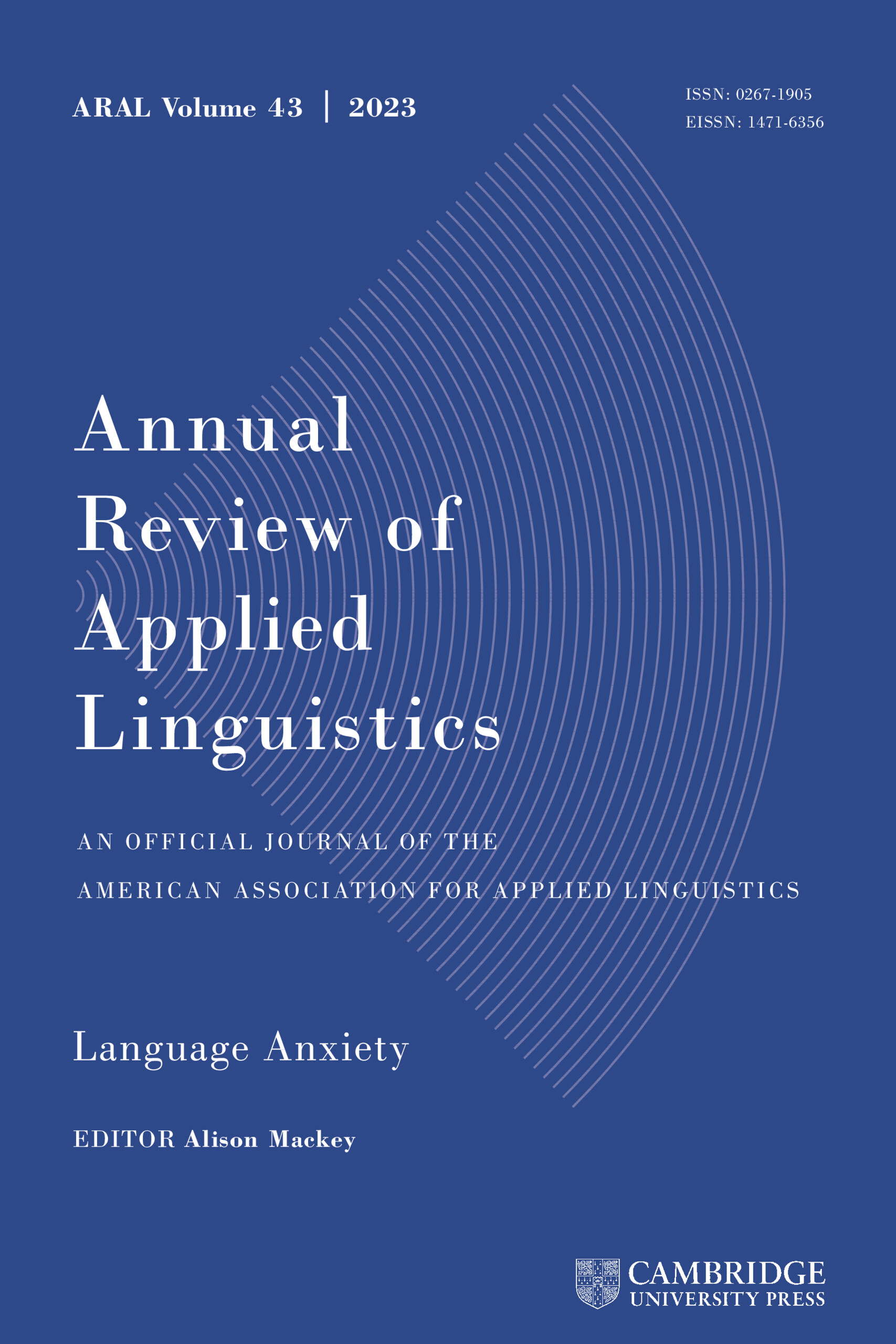Article contents
Language Minorities and Language Maintenance
Published online by Cambridge University Press: 16 October 2009
Extract
The position of minority groups and the maintenance of their languages are very much in the news today. For (largely) indigenous minorities, consider the case of continental Europe: As it moves—sometimes erratically—towards federalism, its minorities and its “stateless” peoples are pressing for increased and improved recognition. In October 1981, the European Parliament adopted the Arfé resolution, providing such recognition. A number of further developments have occurred, important among which was the establishment in 1982 of the Dublin-based Bureau for Lesser Used Languages. Its Secretary-General recently observed that:
If our languages have been ignored in the past by European institutions this is no longer the case. The European Community is positive towards the cause of our languages and now includes in its budget a provision of 3.5 million ECU to promote regional and minority languages and cultures (Breathnach 1993:1). (See also Baetens Beardsmore 1993; 1994, Edwards 1994a, Sikma and Gorter 1991.)
- Type
- Foundations of Multilingualism
- Information
- Copyright
- Copyright © Cambridge University Press 1997
References
UNANNOTATED BIBLIOGRAPHY
- 5
- Cited by




